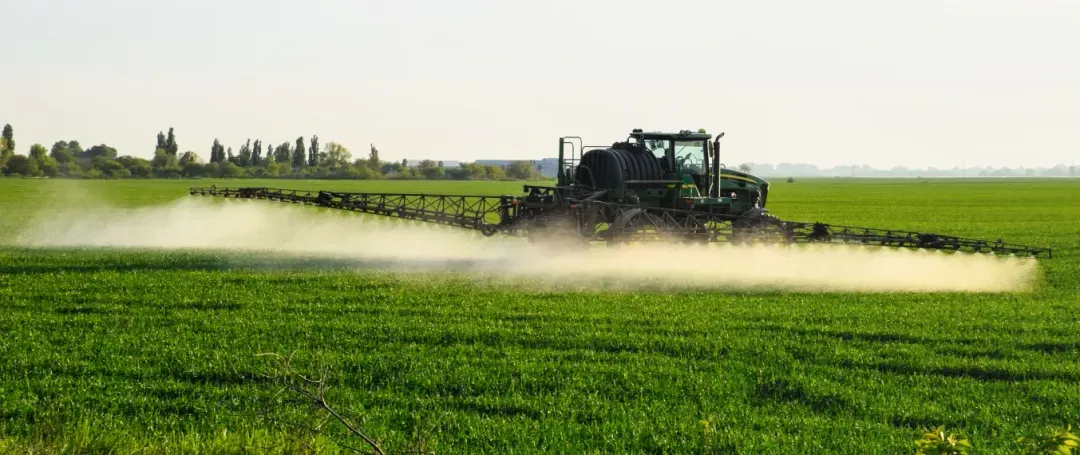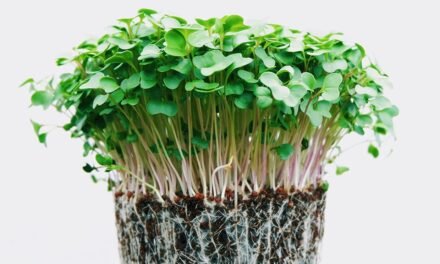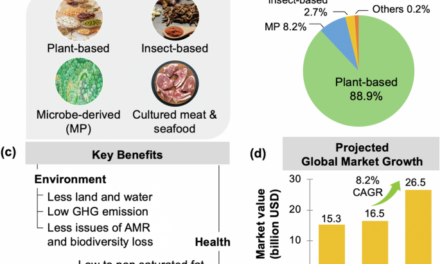Fertilizers are broadly categorized into different types based on their origin, composition, and mode of application. Here’s an overview of the major types of fertilizers available in the market:
1. Nitrogen-Based Fertilizers
- Ammonium Nitrate: High nitrogen content, promotes rapid plant growth and greening.
- Urea: Most common nitrogen fertilizer, with 46% nitrogen content.
- Ammonium Sulfate: Contains both nitrogen and sulfur, used for crops requiring additional sulfur.
- Calcium Nitrate: Supplies calcium and nitrogen, improves soil pH and plant strength.
2. Phosphorus-Based Fertilizers
- Single Super Phosphate (SSP): Contains phosphorus, sulfur, and calcium.
- Triple Super Phosphate (TSP): Higher concentration of phosphorus compared to SSP.
- Monoammonium Phosphate (MAP): Contains both nitrogen and phosphorus, widely used in crops needing balanced nutrients.
- Diammonium Phosphate (DAP): Popular phosphorus fertilizer with added nitrogen.
3. Potassium-Based Fertilizers
- Potassium Chloride (Muriate of Potash – MOP): Most common potassium source, used widely in farming.
- Potassium Sulfate (Sulfate of Potash – SOP): Contains potassium and sulfur, ideal for chloride-sensitive crops.
- Potassium Nitrate: Supplies potassium and nitrogen, suitable for fertigation.
4. Compound (NPK) Fertilizers
- Combines nitrogen (N), phosphorus (P), and potassium (K) in various proportions (e.g., 10-10-10, 20-20-20).
- Suitable for balanced nutrient supply, tailored to crop-specific needs.
5. Micronutrient Fertilizers
- Zinc Sulfate: Provides zinc for better crop growth and grain development.
- Boron Fertilizers: Borax or boric acid supplements crops with boron.
- Iron Fertilizers: Chelated iron compounds or ferrous sulfate for iron-deficient soils.
- Other Micronutrients: Manganese, copper, and molybdenum fertilizers to address specific deficiencies.
6. Organic Fertilizers
- Animal Manure: Cow dung, poultry litter, and pig manure enrich soil with organic matter and nutrients.
- Compost: Decomposed organic waste that improves soil structure and fertility.
- Bone Meal: Rich in phosphorus and calcium, often used in organic farming.
- Green Manures: Cover crops (e.g., clover, alfalfa) that are tilled into the soil to improve fertility.
7. Biofertilizers
- Rhizobium: Enhances nitrogen fixation in legumes.
- Azotobacter and Azospirillum: Non-symbiotic nitrogen-fixing bacteria for non-leguminous crops.
- Phosphate-Solubilizing Bacteria (PSB): Help in phosphorus availability to plants.
- Mycorrhizal Fungi: Improves nutrient and water absorption through root associations.
8. Slow-Release and Controlled-Release Fertilizers
- Coated Fertilizers: Urea or other nutrients coated with polymers for gradual nutrient release.
- Sulfur-Coated Urea: Slow nitrogen release over time.
- Suitable for reducing nutrient loss and improving efficiency.
9. Liquid Fertilizers
- Anhydrous Ammonia: Highly concentrated nitrogen source, applied directly to soil.
- Ammonium Polyphosphate: Liquid fertilizer supplying nitrogen and phosphorus.
- Micronutrient Solutions: Liquid formulations of zinc, iron, manganese, etc.
- Used in foliar application or fertigation systems.
10. Specialty Fertilizers
- Water-Soluble Fertilizers: Ideal for hydroponics and fertigation, dissolves completely in water.
- Foliar Fertilizers: Sprayed directly on leaves for quick nutrient absorption.
- Customized Fertilizers: Tailored blends for specific soil and crop requirements.
11. Secondary Nutrient Fertilizers
- Gypsum (Calcium Sulfate): Provides calcium and sulfur, improves soil structure.
- Magnesium Sulfate (Epsom Salt): Supplies magnesium and sulfur for photosynthesis and growth.
- Lime (Calcium Carbonate): Neutralizes soil acidity, adds calcium.
Each type of fertilizer has its specific advantages and is chosen based on crop requirements, soil conditions, and farming practices.









